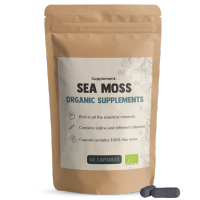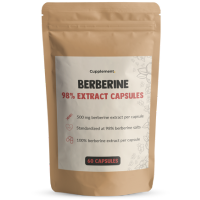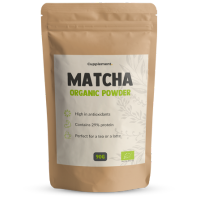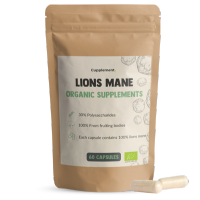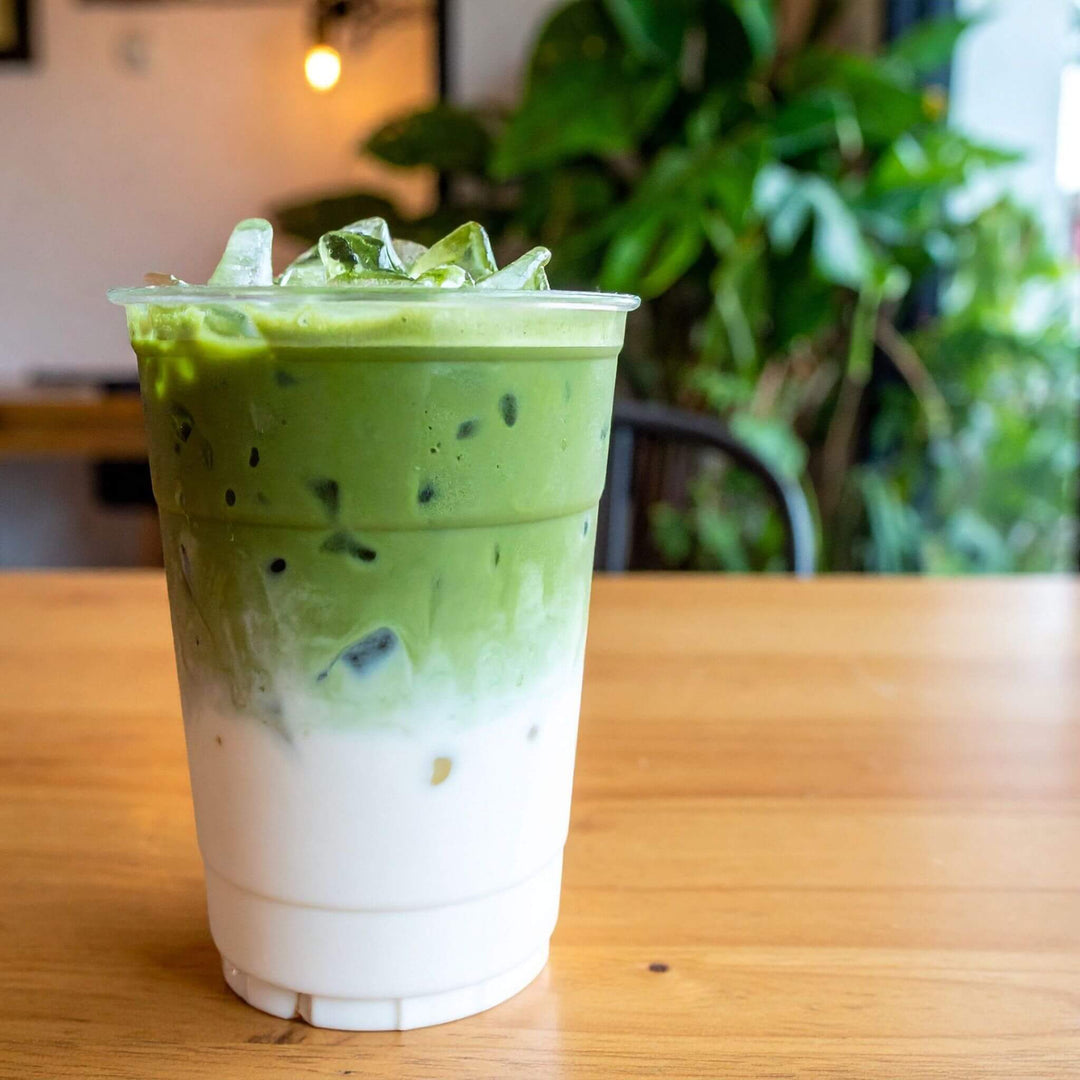
Why Matcha Is So Popular
Matcha is everywhere: in cafes, on TikTok and Instagram with influencers, and increasingly in recipes. The bright green powder immediately catches the eye and often prompts the thought for many: "Doesn't this just taste like grass?" Perhaps you've tried it yourself, or perhaps it's still on your list to explore. What you think of it at first sip often varies: some are instant fans, others raise an eyebrow. Before you make your judgment, there's a wealth of interesting information about matcha that will surprise you and show you why it's so much more than just a green trend.
What makes Matcha so interesting
-
Rich in nutrients : You drink the whole leaf, which means all the antioxidants, amino acids and vitamins are retained.
-
Energy and focus : Caffeine combined with L-theanine provides a calm, focused energy boost.
-
A surprising taste : Slightly sweet, sometimes creamy, and not overly “grassy”.
-
Versatile : Perfect in teas, lattes, smoothies, baked goods, and even savory dishes.
-
Social media hype : Influencers, recipes and challenges are making matcha increasingly popular.
-
Ceremonial and Cultural : Matcha has an ancient Japanese tradition and has long been used in mindfulness and tea ceremonies.
What is Matcha Actually?
Matcha is a fine powder of specially grown and processed green tea leaves from Japan. The leaves are shade-grown for several weeks before harvest, increasing their chlorophyll and amino acid content. This creates the intense green color and a rich, smooth flavor. Unlike regular green tea, where only the tea infusion is consumed, matcha is consumed entirely from the leaves, making it rich in nutrients.
Did you know…?
The quality of matcha depends largely on how the tea plants are grown. Plants that are more Grown in the shade before harvesting, they have more time to develop chlorophyll. This creates a brighter green color and a richer, milder flavor. So, if you see a beautiful, bright matcha, you know it's probably a carefully cultivated product.
Want to learn more about this process? Then read this article: The Art of Shadowing Matcha .
The Taste: More Than Just “Grass”
Trying matcha for the first time can take some getting used to. It has a mild, umami flavor, slightly sweet with a hint of bitterness. High-quality ceremonial-grade matcha often tastes creamy and mild, while culinary-grade matcha can be slightly stronger and more bitter, ideal for cooking and baking.
Tip for beginners: If you've never tried matcha before, just start with a regular, high-quality matcha and see what you think. This way, you can gradually get used to the taste and experiment with what you like. You can find a great matcha to start with on our website: Organic Matcha Powder
Sweeten Matcha with Fruit
A trend you often see on social media is combining matcha with fruit puree. Adding mango or strawberry puree , for example , makes the flavor slightly sweeter and fresher. This not only gives your matcha a different flavor dimension, but it also looks beautiful in a drink or smoothie. This way, you can experiment and discover what you like best. Want to try it yourself? Try this recipe and experience the beautiful, refreshing combination of fruit and matcha.
How to use Matcha
-
Traditional : Sift 1-2 teaspoons of powder into a bowl, add hot water (not boiling!) and whisk with a bamboo whisk until frothy.
-
Latte : Mix with milk or plant-based alternatives for a creamy drink.
-
Smoothies : Add a teaspoon of matcha for extra color and flavor.
-
Recipes : Perfect for cookies, muffins, pancakes or cake.
Whether you're curious about the hype or already a matcha lover, there's always something new to discover. Try classic matcha, experiment with fruit purees, or use it in your favorite recipes. Be amazed by the flavor, color, and versatility of this green powder—who knows, matcha might become your new favorite drink!
Frequently Asked Questions about Matcha
What makes matcha different from regular green tea?
Unlike regular green tea leaves, matcha tea leaves are shade-grown before being harvested. This process increases the chlorophyll and amino acid content, giving matcha a richer flavor and a more intense green color.
How long does matcha stay fresh?
To maintain the freshness and quality of matcha, it's best to store it in a cool, dry place. This will allow the powder to retain its flavor and nutrients for several months to a year.
How is matcha made?
Matcha is made by picking tea leaves, steaming them, drying them, and then grinding them into a fine powder using traditional granite mills.
Can everyone drink matcha?
Generally, matcha is safe for most people to consume, but it does contain caffeine, so those sensitive to it should be mindful. Pregnant women and those with certain health conditions should exercise caution and consult their doctor before consuming matcha if necessary.
Is matcha healthy?
Matcha contains a high concentration of nutrients because the entire tea leaf is consumed. This makes it a popular choice for those looking to enrich their diet. It's rich in antioxidants, amino acids, and contains natural energy sources. Just be sure to buy high-quality matcha from reputable sources.
